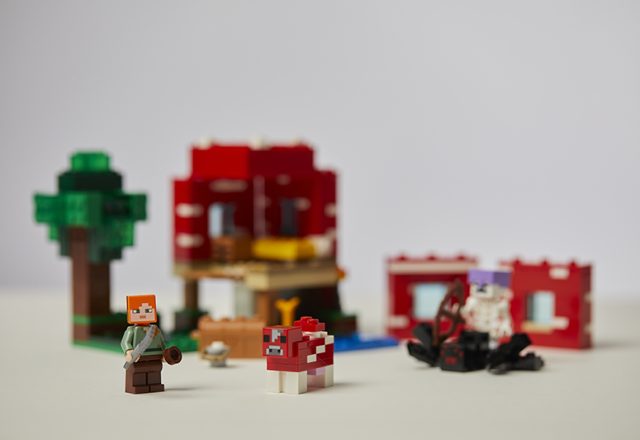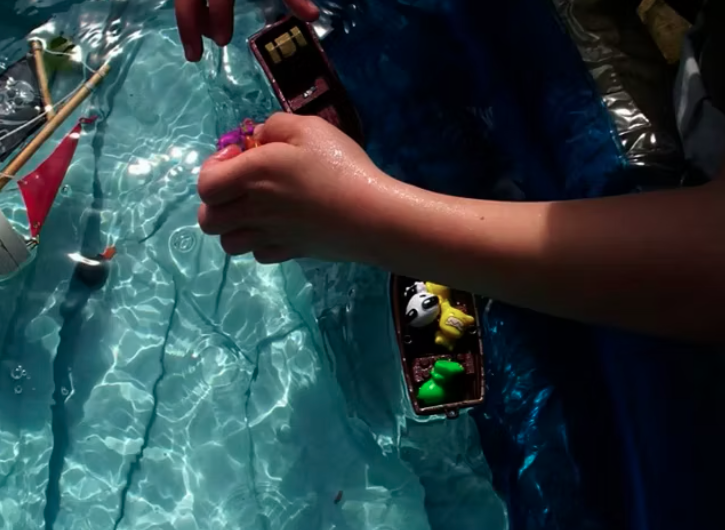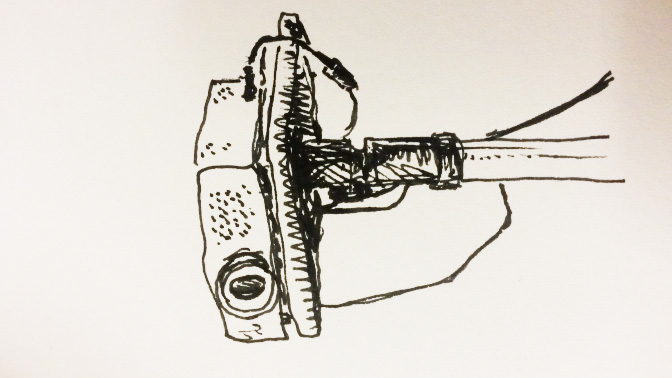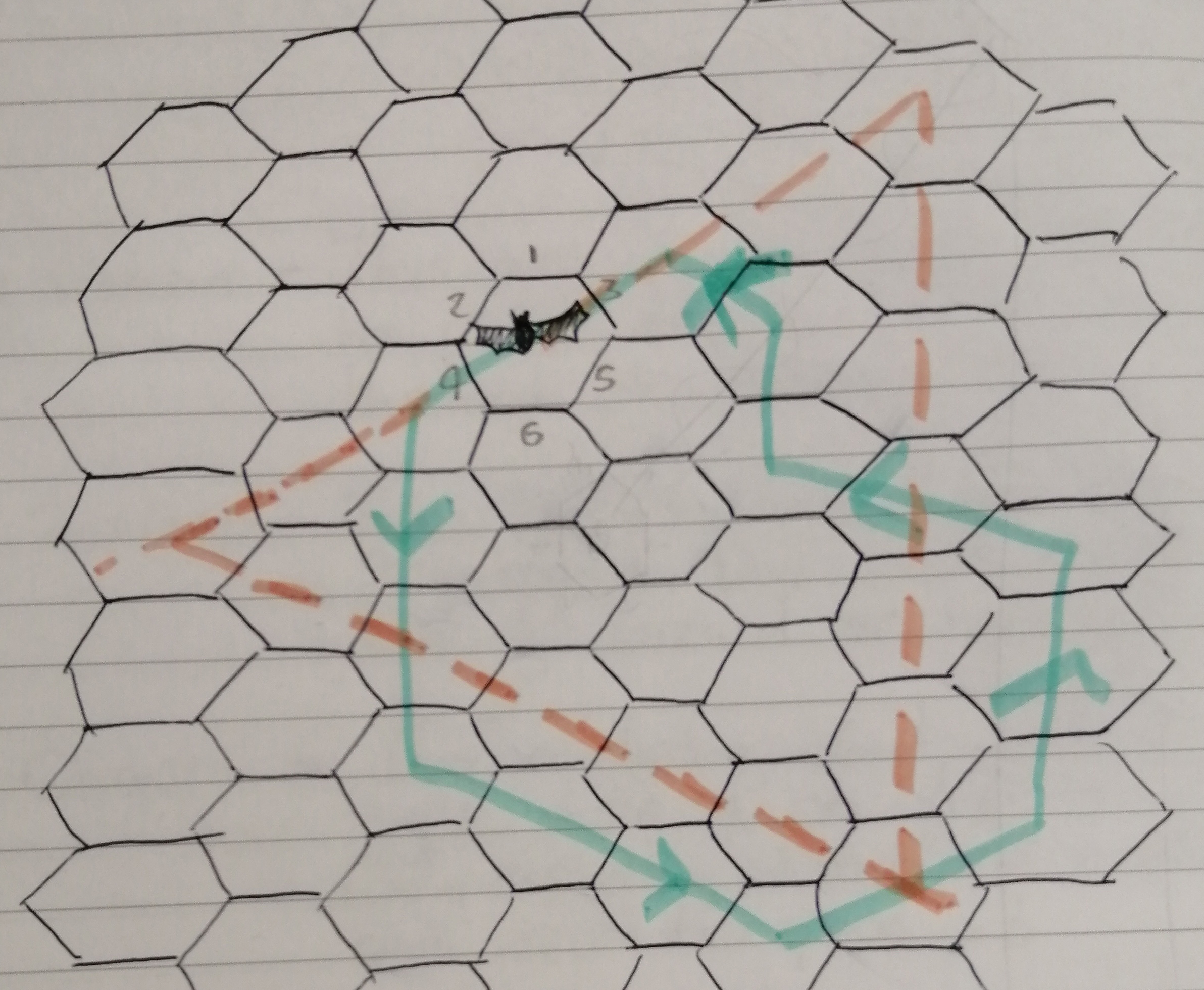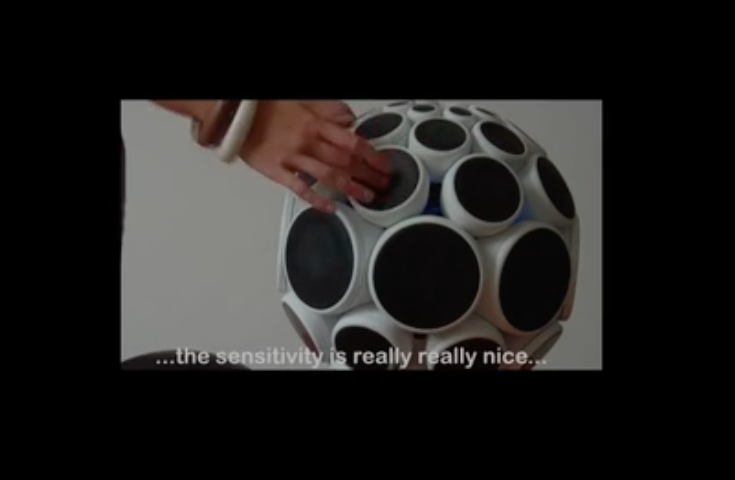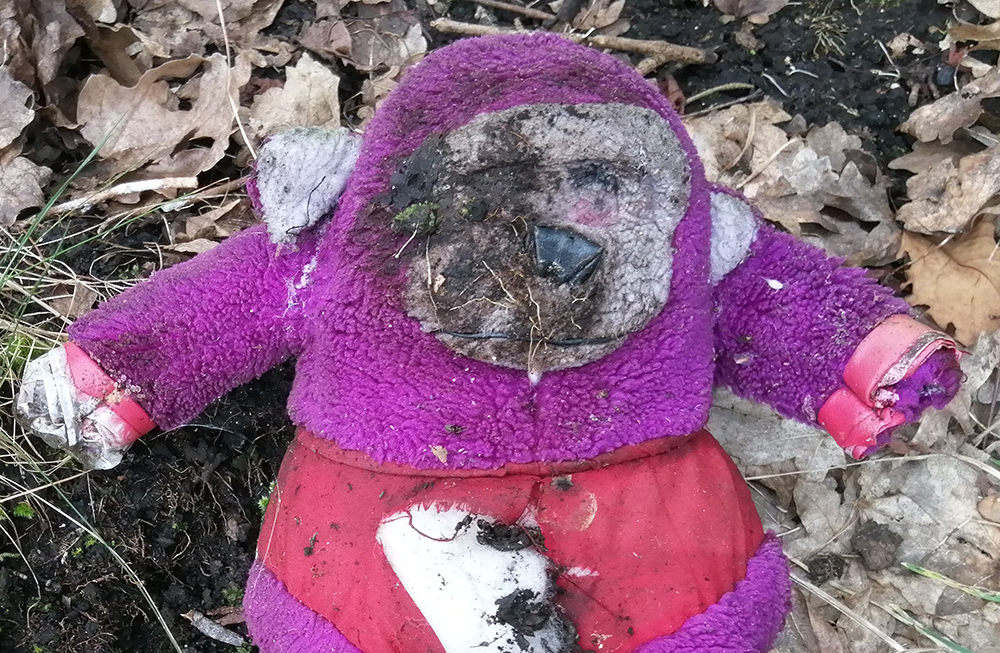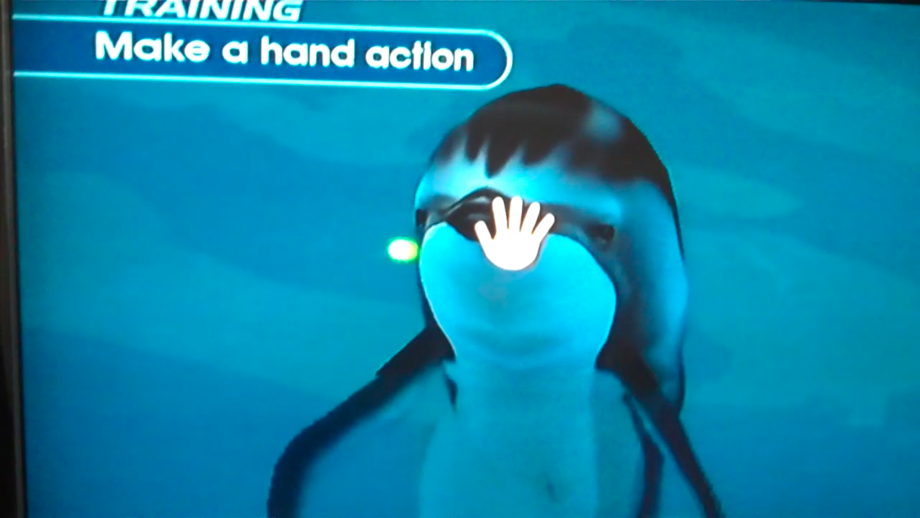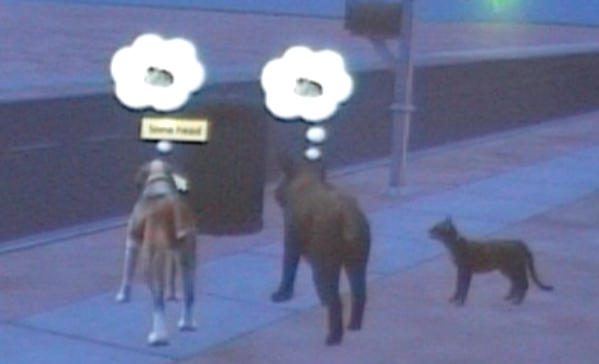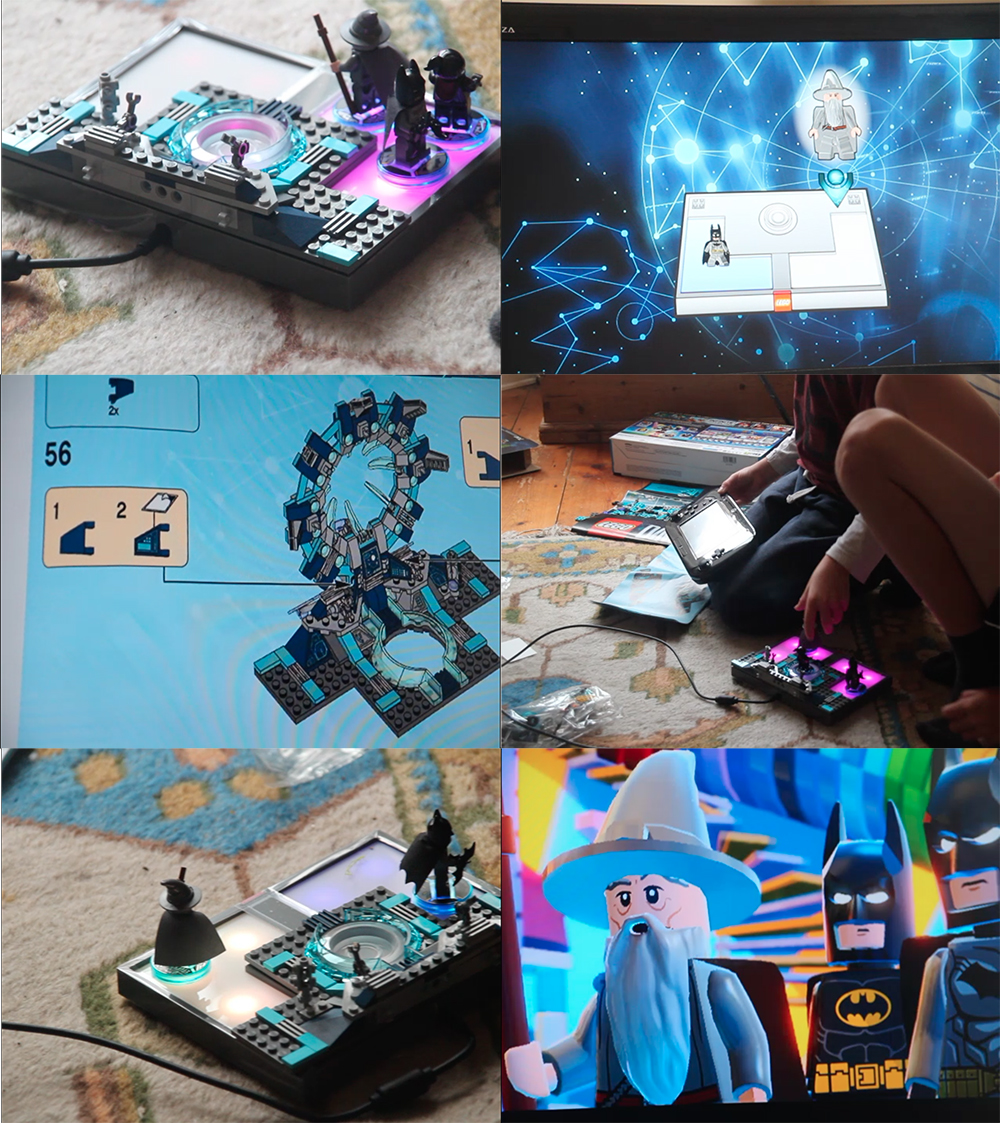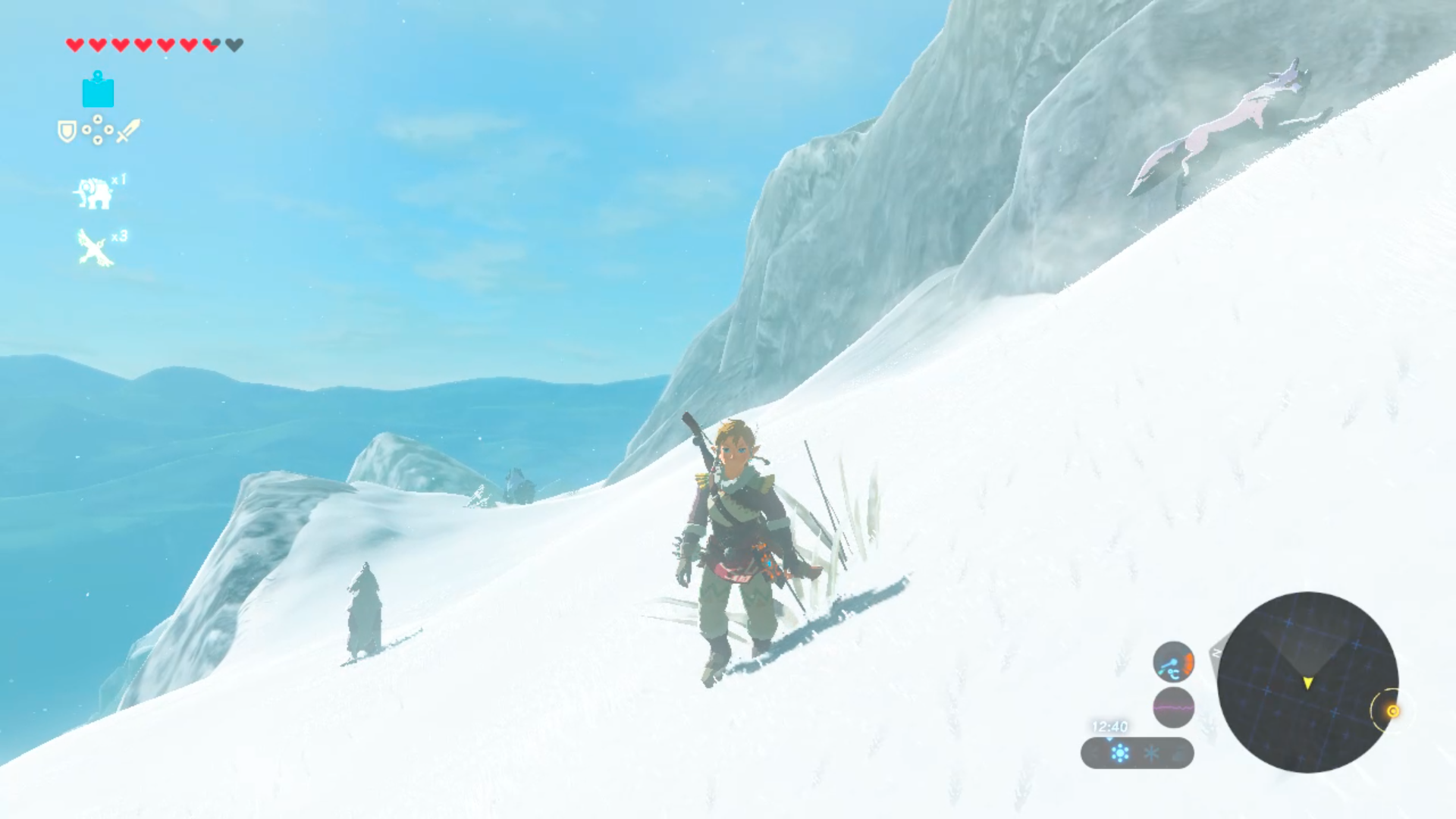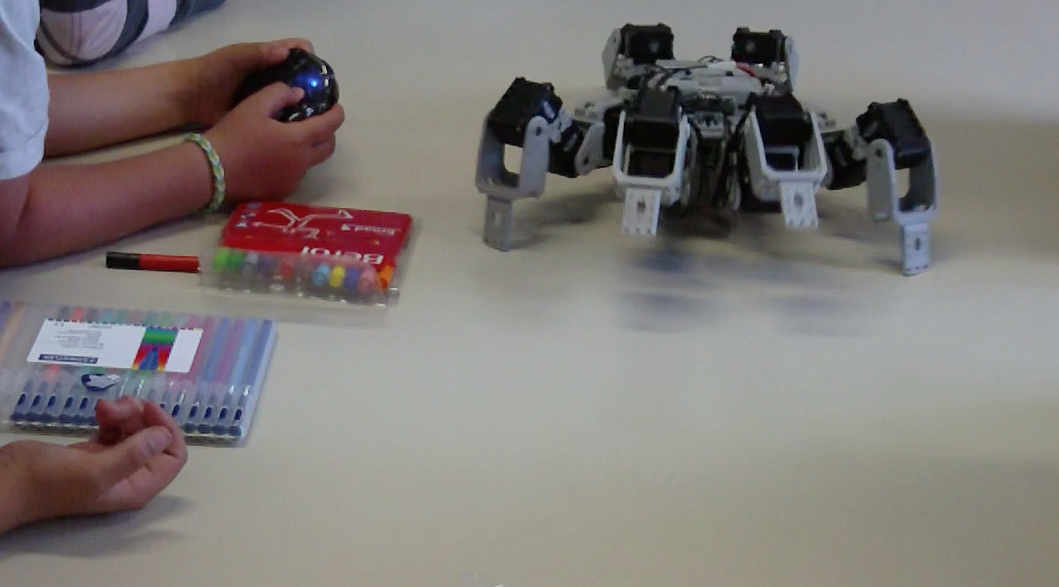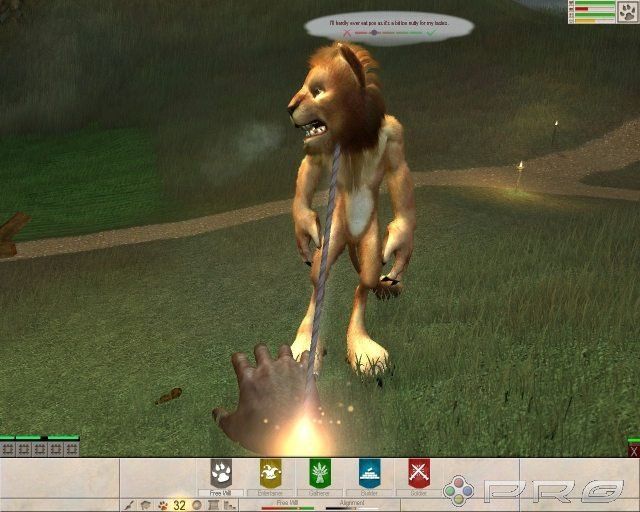Out in November 2024: Toy Theory: technology and imagination in play. The MIT Press A novel interpretation of the history and theory of technology…
Tag: ethology
Mr Happy
This video essay ‘Monsters, mini-games and Mr Happy’ was originally published in Audiovisual thinking: a journal of academic video, no.2, September 2011. The journal seems…
videophilia
This is a really old post from a defunct blog, but one that I keep referring students to when we discuss ethnographic methods, so…
analogue ai animal activity
Animal AI and A-Life ideas by level 1 Games Design & Art students: non-digital modelling of social behaviour, ecosystems and resources, sensing, movement and…
ethno-video
A short video introducing the ethos of my ethnographic ethology, made for the Lived Research Experiences event, organised by Southampton’s Debating Ethnography research group
Toy Theory
My book, Toy Theory, will be published by MIT Press in 2023. Here’s a section of the proposal: Headline Rethinking culture, media, technology and the…
ethology of AI
What are the implications of taking the animality of AI and A-Life entities as real and not metaphorical or symbolic? This question in turn…
not not animals
Does it make any sense to consider virtual animals as animal in any serious way? Both the naturalistically-rendered wolves of Legend of Zelda: the…
Unbox: The speed and slowness of Lucy, Batman, Batman, Gandalf, and Dumbledore
Microethology of toys-to-life (from proposal for Toy Theory book) – I’m going to build Dumbledore [sings:] Dumbledore, Dumbledore… – Technically, you’re building Gandalf…
one or several artificial wolves
Link encounters a group of animals on a green, grassy hillside, beautifully animated in the rich landscape. Large birds, and a wild boar, promise…
toying with the singularity
My chapter on the design of playful AI and robotics – and the relationships between the material, the technical and the imaginary – is…
AI & the achievement of animals
A stork and a wild pig in Breath of the Wild are distinct species only in a decorative sense, as mise-en-scene of the open dynamic world….
